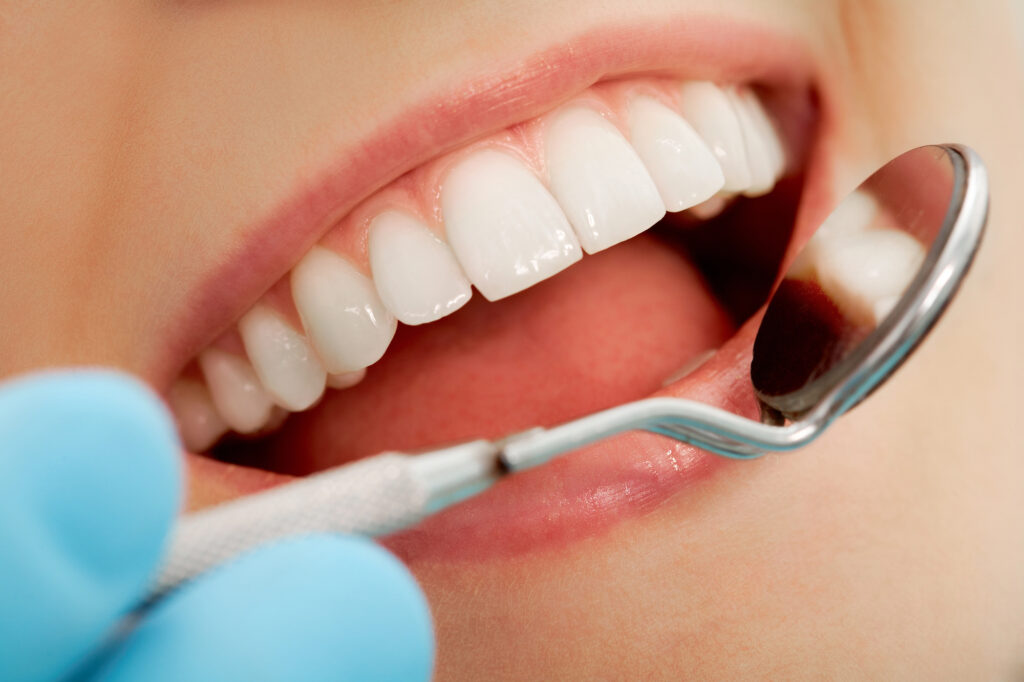What’s The Best Way to Floss
We all know we should floss, but it can be tough. Part of this is because flossing can feel like an extra task in an already busy day, but it...

Tooth decay is one of the most common dental issues we see. While brushing twice a day and regular dental checkups help minimize the risk, many early signs of tooth decay can go unnoticed.
Ignoring these subtle signs can lead to bigger problems, such as infections, costly dental procedures, and long-term discomfort. The earlier you recognize and treat tooth decay, the better. Here are some of the signs you might be overlooking.
Tooth decay occurs when your tooth enamel—the hard, protective outer layer—starts to break down due to acids produced by bacteria in your mouth, eventually resulting in cavities. When people think of tooth decay or cavities, they typically picture a painful toothache.
However, tooth pain is just one symptom of decay. There are less noticeable signs that often get missed.
Noticing the signs and treating tooth decay early can make the difference between a simple fix and a more serious situation. Here are some symptoms to pay attention to.
As enamel wears down due to decay, your nerves become more exposed to the outside world. Triggers such as hot, cold, sweet, or acidic foods and drinks can cause temporary discomfort when ingested. While tooth sensitivity can have other causes, it can be an early sign of decay.
If you’ve noticed that your breath still smells unpleasant after brushing, it could be due to trapped food particles or decaying areas within your teeth. These can create an environment for bacteria to thrive, resulting in chronic bad breath or a sour, metallic taste in your mouth.
While gum bleeding is often linked to gum disease, it can also signal tooth decay near the gumline. When decay irritates the surrounding tissues, your gums may feel tender, swollen, or appear redder than usual.
Early stages of tooth decay can cause subtle discoloration—white, chalky spots or yellowish tints. Over time, your tooth may even develop small pits or feel rough to the touch.
If you find yourself wincing while chewing hard foods or feeling discomfort when biting down, it might not just be a normal sensation. This discomfort could be caused by weakening tooth enamel or decay beneath the surface.
Have you noticed that your dental work, such as fillings or crowns, feels slightly loose or uncomfortable? Decay near the edges of these restorations can compromise their seal, leaving your teeth vulnerable.
The best way to combat tooth decay is by catching it early or preventing it altogether. Here are some actionable steps you can take to be proactive about your oral health:
The hidden signs of decay can be subtle but they are important. Decay can potentially cause long-term damage if undetected. By recognizing these less obvious symptoms, you can stop the decay in its tracks and preserve the health and beauty of your smile.
We are here to help you identify and prevent oral health problems before they escalate into bigger issues. If you are experiencing any of the signs mentioned above or any other unusual symptoms, or if it’s time for your routine checkup, schedule an appointment with our experienced team today!